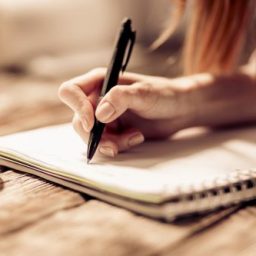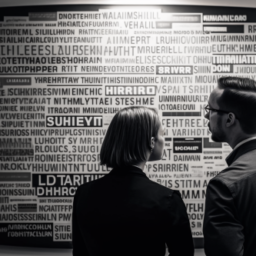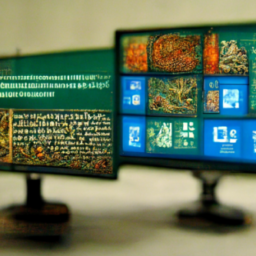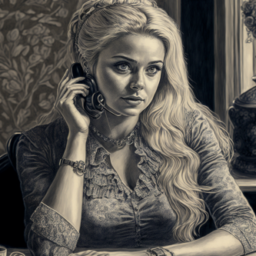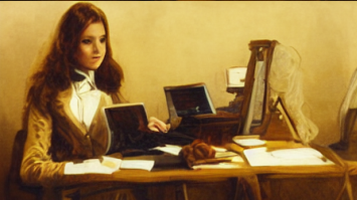
When you’re proofreading a manuscript, you’ll notice certain symbols that indicate mistakes.
One of these is the em dash, or italics mark. An em dash indicates a run-on sentence. It’s a sign that a sentence needs to be re-written or changed in some way.
Mistakes proofreaders can make
It can be difficult to notice typos and other errors on your own. It is important to have a proofreader look at your work for errors. Proofreading professionals use special techniques and tricks to spot and eliminate typos. Often, they may miss minor details. Here are some common mistakes that proofreaders can make.
Proofreaders need to have a thorough knowledge of grammar and punctuation rules. Because of this, they can spot errors quickly. They can also take an overall look at your document. For example, punctuation rules differ between different style guides. Some use the Oxford comma, while others call for a comma in the middle. Proofreaders are used to working within the guidelines of multiple style guides and are familiar with a wide variety of grammatical rules.
Proofreaders must pay close attention to spelling, punctuation, and formatting. Mistakes in either area can make your content look bad. Punctuation errors are a serious problem. Proper placement of periods and commas ensures that your content is clean and clear. Formatting errors are another common mistake proofreaders make. For example, one paragraph may be double-spaced, while the next might be single-spaced. It is important to check for instances where two spaces are in a row, or delete any extra spaces you find throughout a piece.
Proofreaders need to be consistent with a publisher’s style guide, especially if they are proofreading for an academic journal. Using the same style guide consistently is crucial, as switching between different style guides can cause inconsistent flow and construction. In addition to ensuring consistency, proofreaders should adhere to a style guide that corresponds to their employer’s brand guidelines.
Proofreading is a complex process, which requires thorough revision and editing. For this reason, it’s essential to proofread only after the final draft is complete. Rereading the same words can make it difficult to notice a mistake, so setting the work aside can give the proofreader fresh eyes to look at it. This way, mistakes can be easily caught and corrected. If mistakes are too difficult to spot, it may be best to hire a professional service.
Proofreaders can make mistakes in editing and proofreading, as well as in proofreading. These mistakes can be embarrassing and can hinder your work’s effectiveness.



Signs of a good proofreader
Proofreading is an eagle’s eye job, and you need someone who is able to spot errors on the page. Good proofreaders should be able to call business owners to inform them of mistakes they have missed. The job requires self-discipline and an eagle’s eye.
Proofreaders are responsible for ensuring that documents are error-free and presented in a clear and professional manner. They must also be able to organize their time well. They often have multiple projects to complete and are dealing with deadline-sensitive materials. Therefore, it’s important that they can keep their work organized and have strong attention to detail.
Good proofreaders have the ability to read slowly. They also understand the context of the document. They also look for non-obvious mistakes in a document. A good proofreader can communicate well and can understand the tone of the material. It’s a good idea to tell your proofreader your preferred style so they don’t make the mistake of rewriting the document.
Proofreading is a time-consuming process. Using a computer to proofread your work is one option, but some prefer the old-fashioned way – a printed copy of your writing. This makes it easier to mark up and look for mistakes. This is especially important if you are writing in a language other than English.
A proofreader must have excellent command of the English language. In addition, he or she should be familiar with various styles of writing. This will enable him or her to be able to identify errors in punctuation, spelling, and word usage. Proofreaders should also know how to use word-processing programs like Microsoft Word.
An experienced proofreader uses unusual typology and symbols to highlight changes in text. He or she will highlight the changes in a document to make it more readable. A proofreader will use symbols and marks to mark grammatical mistakes. A good proofreader also uses the delete symbol to remove an element from a document.
A good proofreader is able to identify errors and ensure that the text is error-free. They will also make suggestions for improvements that will improve the writing quality. They may need to rewrite parts of a text if necessary to make it more clear.





